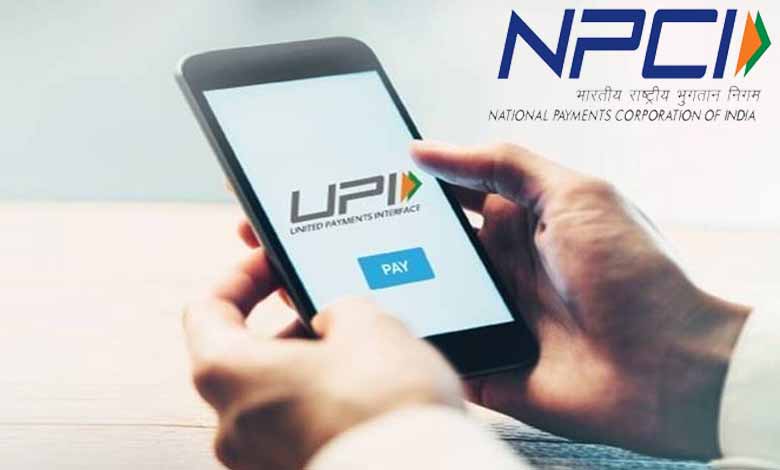NPCI Revamps UPI System: Auto Chargeback Acceptance to Streamline Transactions
National Payments Corporation of India (NPCI) has introduced significant changes to the Unified Payments Interface (UPI) system aimed at enhancing the efficiency of transactions, particularly when it comes to chargebacks.

The National Payments Corporation of India (NPCI) has introduced significant changes to the Unified Payments Interface (UPI) system aimed at enhancing the efficiency of transactions, particularly when it comes to chargebacks. Starting from February 15, 2025, these changes will primarily focus on the auto acceptance and rejection of chargebacks, reducing manual intervention and simplifying the reconciliation process.
Table of Contents
Improved System to Handle Chargebacks Automatically
Currently, the process of handling chargebacks has been time-consuming and prone to errors. Remitting banks raise chargebacks from T+0 onwards in the Unified Dispute Resolution Interface (UDIR), which often does not leave sufficient time for beneficiary banks to properly reconcile and process returns. This sometimes leads to cases where chargebacks have already been initiated, only for returns to be rejected later, causing confusion and penalties from the Reserve Bank of India (RBI).
With the introduction of the new system, NPCI will implement the use of Transaction Credit Confirmation (TCC). This will allow chargebacks to be automatically accepted or rejected, eliminating the need for manual intervention. The aim is to streamline the process, reducing delays and confusion, while ensuring smoother transaction processing overall.
Also Read: Is AI Making Us Stupider? Here’s What One of the World’s Largest AI Companies Says
Benefits of the New System
One of the key benefits of this new system is that beneficiary banks will have adequate time to reconcile transactions before any chargeback is processed. This change is expected to improve the overall efficiency of the dispute resolution process and minimize the possibility of penalties that previously arose due to mishandling of chargebacks.
However, it’s important to note that the new system only applies to bulk uploads and UDIR transactions. It excludes front-end dispute resolution, which will still require manual intervention and investigation in cases of disputes or confusion.
Why Do Chargebacks Occur?
Chargebacks typically occur when a UPI transaction that was initially approved is reversed. This could happen if a customer disputes the payment, claims non-delivery of goods or services, or notices duplicate payments. Additionally, technical errors during the processing stage can sometimes lead to chargebacks, creating further complications during reconciliation.
Such disputes often cause confusion for both banks and customers, leading to financial discrepancies that need thorough investigation and resolution. By automating the chargeback process, NPCI aims to address these challenges more efficiently and reduce the time taken to resolve disputes.
Looking Ahead: Improved Reconciliation and Reduced Penalties
The new system is expected to enhance the overall reconciliation process by reducing complexities and delays. As NPCI continues to refine UPI systems, it seeks to minimize penalties for banks and customers, while improving the speed and accuracy of dispute resolutions. This move is a step forward in making the UPI ecosystem even more reliable and efficient for both banks and users.
The changes will likely lead to a more streamlined experience for both financial institutions and their customers, enhancing the speed, transparency, and reliability of UPI transactions.
